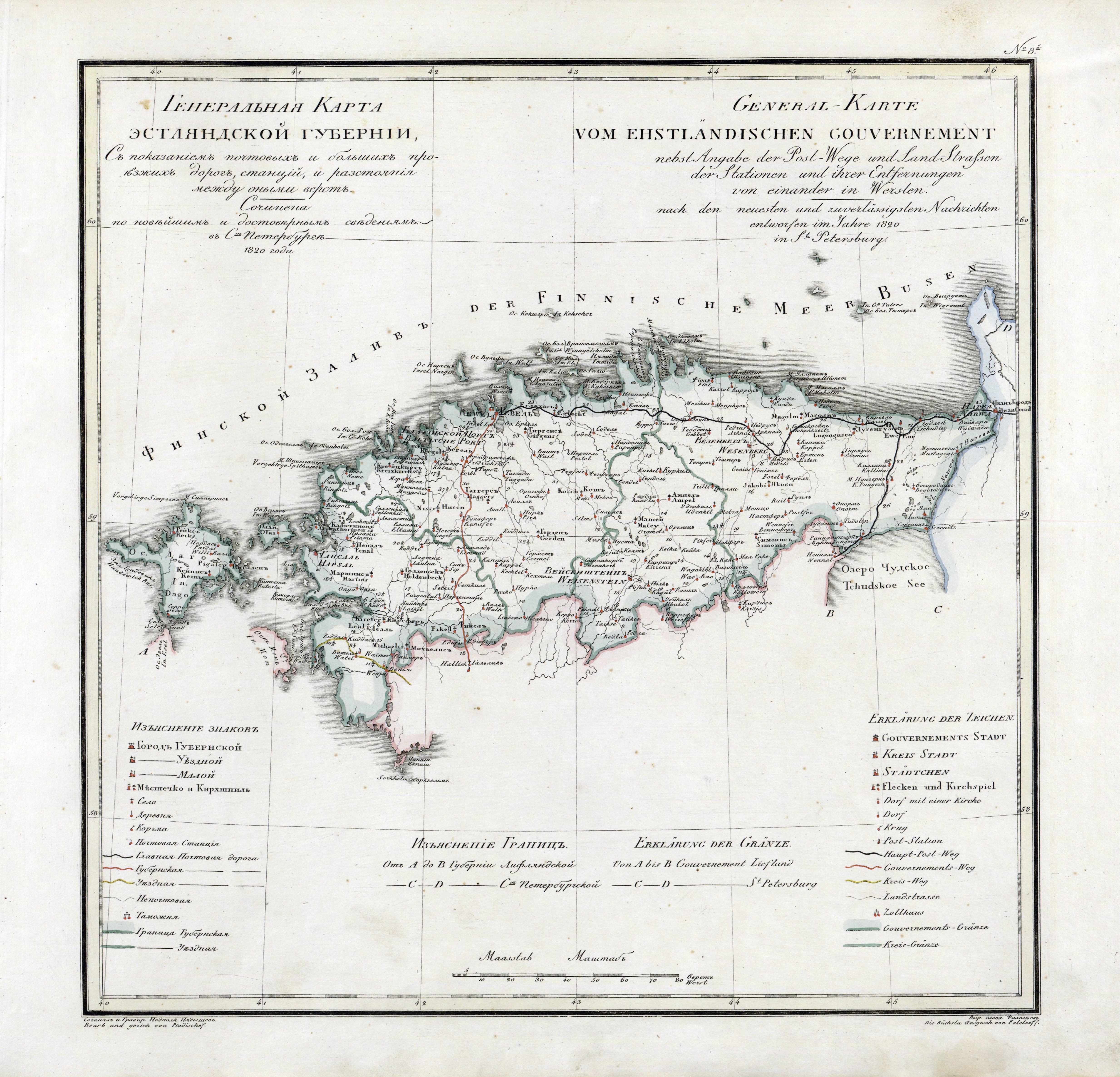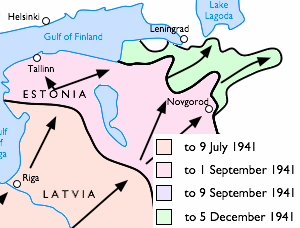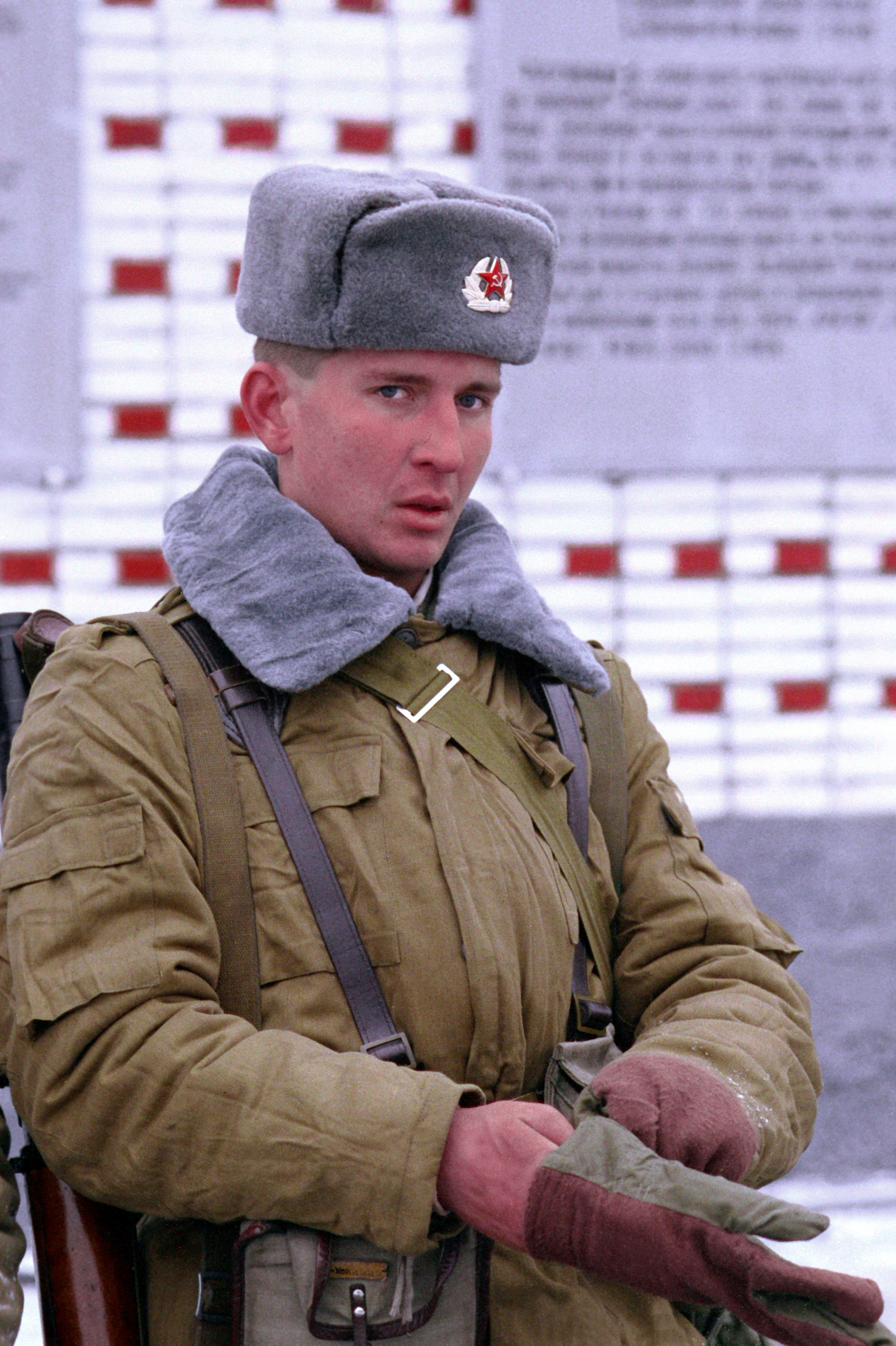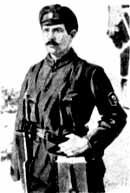|
Johannes Soodla
Johannes Soodla (14 January 1897 in Kudina Parish, (now in Palamuse Parish) – 16 May 1965) was an Estonian military officer during World War I, Estonian War of Independence and World War II, serving in Kuperjanov's Partisan Battalion and the 20th Waffen Grenadier Division of the SS (1st Estonian). In 1944 he was promoted to Brigadeführer, which was the highest rank ascribed to any Estonian officer in the German army during World War II. In 1916 Soodla was mobilized in the Russian Army and was sent to a military school in Gatchina. He fought in World War I. In the Estonian War of Independence Soodla fought along with Julius Kuperjanov in the same unit. Soodla was a company commander. He fought in all the toughest battles in the war including the Battle of Paju where he took command of the battalion after Kuperjanov was wounded. After the war, the Estonian Cross of Liberty was awarded to Soodla. From 1920 to 1940 he served in the Estonian Army until released by Soviet Army ... [...More Info...] [...Related Items...] OR: [Wikipedia] [Google] [Baidu] |
Governorate Of Estonia
The Governorate of Estonia, also known as the Esthonia (Estland) Governorate, was a province (''guberniya'') and one of the Baltic governorates of the Russian Empire. It was located in the northern Estonia with some islands in the West Estonian archipelago, including Hiiumaa and Vormsi. Previously, the Reval Governorate existed during Peter the Great, Peter I's reign and was confirmed by the Treaty of Nystad, which ceded territory from Swedish Empire, Sweden to the newly established Russian Empire. The Estonia Governorate was established in 1796 when Paul I of Russia, Paul I's reforms abolished the Reval Viceroyalty. The port city of History of Tallinn, Reval (known in Russian as Revel, contemporary Tallinn) was the administrative centre where the governor had his seat. From the 1850s to 1914, the Estonian national awakening influenced and characterized the governorate by general modernization, the reorganization into a modern European society, and the success of the newly em ... [...More Info...] [...Related Items...] OR: [Wikipedia] [Google] [Baidu] |
World War II
World War II or the Second World War (1 September 1939 – 2 September 1945) was a World war, global conflict between two coalitions: the Allies of World War II, Allies and the Axis powers. World War II by country, Nearly all of the world's countries participated, with many nations mobilising all resources in pursuit of total war. Tanks in World War II, Tanks and Air warfare of World War II, aircraft played major roles, enabling the strategic bombing of cities and delivery of the Atomic bombings of Hiroshima and Nagasaki, first and only nuclear weapons ever used in war. World War II is the List of wars by death toll, deadliest conflict in history, causing World War II casualties, the death of 70 to 85 million people, more than half of whom were civilians. Millions died in genocides, including the Holocaust, and by massacres, starvation, and disease. After the Allied victory, Allied-occupied Germany, Germany, Allied-occupied Austria, Austria, Occupation of Japan, Japan, a ... [...More Info...] [...Related Items...] OR: [Wikipedia] [Google] [Baidu] |
German Occupation Of Estonia During World War II
In the course of Operation Barbarossa, Nazi Germany invaded Estonia in July–December 1941, and occupied the country until 1944. Estonia had gained Estonian War of Independence, independence in 1918 from the then-warring German Empire, German and Russian Empires. However, in the wake of the August 1939 Molotov–Ribbentrop Pact, Nazi-Soviet Pact, the Soviet Union had Occupation of the Baltic states, invaded and occupied Estonia in June 1940, and the country was formally annexed into the USSR in August 1940. In the summer of 1941, the German invaders were at first seen by most Estonians as liberators from Soviet terror, since the Germans arrived only a week after the June deportation, mass deportation of tens of thousands of people from Estonia and other territories Soviet occupation of the Baltic states (1940), occupied by the USSR in 1939–1941: Territories of Poland annexed by the Soviet Union, eastern Poland, Latvia, Lithuania, Soviet deportations from Bessarabia and Nor ... [...More Info...] [...Related Items...] OR: [Wikipedia] [Google] [Baidu] |
Omakaitse
The Omakaitse ('home guard') was a militia organisation in Estonia. It was founded in 1917 following the Russian Revolution. On the eve of the occupation of Estonia by the German Empire, the Omakaitse units took over major towns in the country allowing the Salvation Committee of the Estonian Provincial Assembly to proclaim the independence of Estonia. After the German Occupation the Omakaitse became outlawed. The Estonian Defence League was dissolved in 1940 after the Soviet occupation of Estonia. The Omakaitse was reestablished during the German Operation Barbarossa in 1941 by the Forest brothers who took control of the country before the German troops arrived allowing Jüri Uluots to establish a co-ordinating council in Tartu to proclaim the provisional government of Estonia. The Germans disbanded the provisional government but allowed the armed units in the Omakaitse after Estonia became a part of the German-occupied Reichskommissariat Ostland. During World War II Omak ... [...More Info...] [...Related Items...] OR: [Wikipedia] [Google] [Baidu] |
Germany
Germany, officially the Federal Republic of Germany, is a country in Central Europe. It lies between the Baltic Sea and the North Sea to the north and the Alps to the south. Its sixteen States of Germany, constituent states have a total population of over 84 million in an area of , making it the most populous member state of the European Union. It borders Denmark to the north, Poland and the Czech Republic to the east, Austria and Switzerland to the south, and France, Luxembourg, Belgium, and the Netherlands to the west. The Capital of Germany, nation's capital and List of cities in Germany by population, most populous city is Berlin and its main financial centre is Frankfurt; the largest urban area is the Ruhr. Settlement in the territory of modern Germany began in the Lower Paleolithic, with various tribes inhabiting it from the Neolithic onward, chiefly the Celts. Various Germanic peoples, Germanic tribes have inhabited the northern parts of modern Germany since classical ... [...More Info...] [...Related Items...] OR: [Wikipedia] [Google] [Baidu] |
Soviet Army
The Soviet Ground Forces () was the land warfare service branch of the Soviet Armed Forces from 1946 to 1992. It was preceded by the Red Army. After the Soviet Union ceased to exist in December 1991, the Ground Forces remained under the command of the Commonwealth of Independent States until it was formally abolished on 14 February 1992. The Soviet Ground Forces were principally succeeded by the Russian Ground Forces in Russian territory. Outside of Russia, many units and formations were taken over by the post-Soviet states; some were withdrawn to Russia, and some dissolved amid conflict, notably in the Caucasus. While the Ground Forces are commonly referred to in English language sources as the Soviet Army, in Soviet military parlance the term '' armiya'' (army) referred to the combined land and air components of the Soviet Armed Forces, encompassing the Ground Forces as well as the Strategic Rocket Forces, the Air Defence Forces, and the Air Forces. After World W ... [...More Info...] [...Related Items...] OR: [Wikipedia] [Google] [Baidu] |
Julius Kuperjanov
Julius Kuperjanov VR I/2, VR II/2 and VR II/3 ( – 2 February 1919) was an Estonian military officer who helped to liberate Tartu during the War of Independence, and was the commander of the Tartumaa Partisan Battalion, posthumously renamed the Kuperjanov Infantry Battalion. Life Early life Kuperjanov was born on 11 October 1894 to Taniel and Liisi Kuperjanov (née Reben); a family of Estonian immigrants living in Pskov, Russia. Because his parents emigrated to Russia for work, they acquired a russified form of their family name (original Kupper). After returning to Estonia, they preserved this name. In 1904, his family returned to Estonia and resided in Tartu county. After five years of studies at the 2-class ministry school in Sipel Vana-Kuuste in Kambja municipality, Kuperjanov entered the in 1910. After finishing school in 1914, he asked to be appointed as a teacher at the village school in Kambja, due to the school set to be closed due to the lack of teachers who ... [...More Info...] [...Related Items...] OR: [Wikipedia] [Google] [Baidu] |
Gatchina
Gatchina (, ) is a town and the administrative center of Gatchinsky District in Leningrad Oblast, Russia. It lies south-south-west of St. Petersburg, along the E95 highway which links Saint Petersburg and Pskov. Population: It was previously known as ''Khotchino'', ''Gatchina'' (until February 14, 1923), ''Trotsk'' (until August 2, 1929), and ''Krasnogvardeysk'' (until January 28, 1944). Gatchina, the largest town in Leningrad Oblast, is best known as the location of the Great Gatchina Palace, one of the main residences of the Russian Imperial Family during the 18th and 19th centuries. The historic center and Gatchina Palace are part of the UNESCO World Heritage Site's "Historic Centre of Saint Petersburg and Related Groups of Monuments". Another popular tourist attraction in Gatchina is the Prioratsky Palace. Gatchina has placed highly in quality-of-life rankings in Russia. History Early history Gatchina was first documented in 1499 under the na ... [...More Info...] [...Related Items...] OR: [Wikipedia] [Google] [Baidu] |
Palamuse Parish
Palamuse () was a rural Municipalities of Estonia, municipality of Estonia, in Jõgeva County. It had a population of 2,509 (2006) and an area of 216 km2. Populated places Palamuse Parish had one small borough, Palamuse, and 25 villages: Änkküla, Eerikvere, Ehavere, Imukvere, Järvepera, Kaarepere, Kaiavere, Palamuse Parish, Kaiavere, Kassivere, Kivimäe, Kudina, Luua, Mullavere, Nava, Jõgeva County, Nava, Pikkjärve, Jõgeva County, Pikkjärve, Praaklima, Raadivere, Rahivere, Ronivere, Sudiste, Jõgeva County, Sudiste, Süvalepa, Toovere, Vaidavere, Vanavälja, Jõgeva County, Vanavälja, Varbevere, Visusti. References External links * Former municipalities of Estonia, {{Jõgeva-geo-stub ... [...More Info...] [...Related Items...] OR: [Wikipedia] [Google] [Baidu] |
Kudina
Kudina () is a village in Jõgeva Parish, Jõgeva County in eastern Estonia Estonia, officially the Republic of Estonia, is a country in Northern Europe. It is bordered to the north by the Gulf of Finland across from Finland, to the west by the Baltic Sea across from Sweden, to the south by Latvia, and to the east by Ru .... (retrieved 28 July 2021) References Villages in Jõgeva County Kreis Dorpat {{Jõgeva-geo-stub ... [...More Info...] [...Related Items...] OR: [Wikipedia] [Google] [Baidu] |
Iron Cross
The Iron Cross (, , abbreviated EK) was a military decoration in the Kingdom of Prussia, the German Empire (1871–1918), and Nazi Germany (1933–1945). The design, a black cross pattée with a white or silver outline, was derived from the insignia of the medieval Teutonic Order and borne by its knights from the 13th century. As well as being a military medal, it has also been used as an emblem by the Prussian Army, the Imperial German Army, and the of the Weimar Republic, while the ''Balkenkreuz'' (bar cross) variant was used by the ''Wehrmacht''. The Iron Cross is now the emblem of the , the modern German armed forces. King Frederick William III of Prussia established the Iron Cross award on 17 March 1813 during the Napoleonic Wars (EK 1813). The award was backdated to the birthday (10 March) of his late wife, Louise of Mecklenburg-Strelitz, Queen Louise, who was the first person to receive it (posthumously). The Iron Cross was also awarded during the Franco-Prussian War ( ... [...More Info...] [...Related Items...] OR: [Wikipedia] [Google] [Baidu] |





